- Home
- Articles
- Architectural Portfolio
- Architectral Presentation
- Inspirational Stories
- Architecture News
- Visualization
- BIM Industry
- Facade Design
- Parametric Design
- Career
- Landscape Architecture
- Construction
- Artificial Intelligence
- Sketching
- Design Softwares
- Diagrams
- Writing
- Architectural Tips
- Sustainability
- Courses
- Concept
- Technology
- History & Heritage
- Future of Architecture
- Guides & How-To
- Art & Culture
- Projects
- Interior Design
- Competitions
- Jobs
- Store
- Tools
- More
- Home
- Articles
- Architectural Portfolio
- Architectral Presentation
- Inspirational Stories
- Architecture News
- Visualization
- BIM Industry
- Facade Design
- Parametric Design
- Career
- Landscape Architecture
- Construction
- Artificial Intelligence
- Sketching
- Design Softwares
- Diagrams
- Writing
- Architectural Tips
- Sustainability
- Courses
- Concept
- Technology
- History & Heritage
- Future of Architecture
- Guides & How-To
- Art & Culture
- Projects
- Interior Design
- Competitions
- Jobs
- Store
- Tools
- More
Parametric Interior Spaces: Redefining Design with Adaptability and Sustainability
Discover how parametric interior spaces are revolutionizing design with dynamic, adaptive, and sustainable solutions. Learn how computational tools drive creativity, enhance functionality, and optimize resources, resulting in visually stunning, multi-functional environments across residential, commercial, and public sectors.

Design is constantly evolving, and parametric interior spaces are leading the charge in redefining how we experience our environments. By blending advanced computational tools with creative vision, these spaces push boundaries, offering fluid, dynamic designs that adapt to both aesthetic and functional needs.
We’re no longer confined to rigid lines and traditional layouts. Parametric design allows us to create interiors that feel alive—spaces where form follows function in the most innovative ways. Whether it’s a flowing wall or an organic ceiling structure, these designs transform interiors into immersive experiences.
As we explore this cutting-edge approach, we’ll uncover how parametric design is reshaping architecture, enhancing sustainability, and opening doors to endless possibilities. Let’s dive into the world where creativity meets technology.

Table of Contents
ToggleUnderstanding Parametric Interior Spaces
Parametric interior spaces rely on algorithms to drive design decisions, creating adaptable and non-linear environments. These designs use computational tools to manipulate parameters like geometry, material, and spatial functions, resulting in highly customized solutions. Unlike traditional methods, parametric design allows for intricate patterns, continuous surfaces, and seamless transitions.
Customization defines parametric spaces. Designers can adjust dimensions, contours, or lighting conditions to suit user needs. For example, algorithmically-generated wall patterns or furniture designs can reflect specific functional or aesthetic goals.
Adaptability supports dynamic functionality. In multi-use spaces, parametric elements like modular partitions or responsive lighting systems adjust effortlessly to varying activities. This versatility maximizes utility without sacrificing design sophistication.
Efficiency stems from precise modeling. Parametric tools simulate factors like structural integrity or environmental performance, streamlining construction processes. For instance, material optimization or energy-efficient layouts reduce waste while enhancing sustainability.
Key Features Of Parametric Design In Interiors
Parametric design in interiors introduces innovative approaches by utilizing computational techniques to create highly customized and functional spaces. It excels in redefining spatial aesthetics, technology integration, and environmental responsiveness.

Dynamic Forms And Fluidity
Dynamic forms and seamless fluidity characterize parametric interiors. Using algorithm-driven design processes, elements like curved walls, flowing ceilings, or organic furniture pieces emerge effortlessly. These non-linear shapes enhance visual interest while maintaining spatial harmony. For example, spiral staircases or wave-like partitions exemplify the dynamic adaptability of parametric methods.
Integration Of Technology
Parametric interiors rely on advanced technology to transform design processes. Tools like Grasshopper for Rhino or Autodesk’s Dynamo generate precise 3D models, enabling rapid iterations. These systems simulate material behaviors, lighting effects, and acoustic performance, ensuring efficiency and accuracy. Incorporating smart systems, such as programmable lighting and kinetic installations, further enhances interactivity.
Customization And Flexibility
Parametric design prioritizes tailored solutions, offering unparalleled customization and adaptability. Parameters, such as size, texture, or lighting intensity, adjust effortlessly to suit user requirements. For instance, modular shelving units or adaptable seating layouts support multi-purpose spaces effectively. This flexibility ensures interiors remain functional and user-centric in diverse contexts.
Benefits Of Parametric Interior Spaces
Parametric interior spaces offer a range of advantages that enhance design, functionality, and sustainability. These benefits combine advanced computational techniques with innovative creativity to redefine interiors.

Enhanced Aesthetic Appeal
Parametric interiors create visually striking designs with dynamic forms and fluid geometries. Algorithm-driven processes enable unique elements like curved walls, organic patterns, and flowing ceilings. These features elevate spatial aesthetics while maintaining harmony. By integrating advanced tools such as Grasshopper and Dynamo, designers achieve precision in every detail, from textures to lighting effects, enhancing the immersive experience.
Optimization Of Space And Functionality
Highly adaptable designs ensure effective use of space. Parametric tools allow adjustments to dimensions, layouts, and partitions, creating multi-functional interiors. Modular components, responsive furniture, and flexible layouts make spaces versatile for diverse user needs. For example, a workspace can transform into a relaxation zone by adjusting furniture configurations or lighting parameters, leveraging space efficiency.
Sustainable And Efficient Designs
Energy-efficient layouts and material optimization support sustainability goals. Parametric modeling simulates environmental performance, reducing waste and enhancing resource allocation. For instance, integrating responsive systems like adaptive lighting or ventilation decreases energy consumption. By using precise algorithms to calculate structural integrity, construction processes become streamlined, minimizing excess materials while ensuring durability.
Challenges In Implementing Parametric Design
Parametric interior spaces offer groundbreaking possibilities but come with significant challenges during implementation. These hurdles often stem from technical complexities, cost considerations, and the need to balance creativity with practicality.

Technical Expertise And Costs
Developing parametric designs demands advanced computational expertise. Professionals must master tools like Grasshopper, Rhino, and Dynamo, which require a deep understanding of algorithms and geometry. This expertise isn’t widely available, creating a gap in skilled workforce availability.
High costs can also deter adoption. Advanced software licenses, training, and the integration of complex technologies increase initial investment. Additionally, customized materials or components, often required for these designs, further enhance expenses. For example, producing bespoke modular partitions or curved panels could strain budgets compared to conventional alternatives.
Balancing Creativity And Practicality
Maintaining equilibrium between artistic vision and operational feasibility is essential. Designers often face challenges in translating fluid, non-linear concepts into structurally sound and executable designs. For example, ensuring that sculptural forms align with building codes and safety standards can constrain creative output.
Client expectations also add complexity. While clients demand unique and innovative spaces, they often target tight timelines and budgets. These demands can lead to compromises in either design ingenuity or practical applicability, diminishing the overall impact of parametric interiors.
Inspiring Examples Of Parametric Interior Spaces
Parametric design transforms interiors across various sectors, offering visually dynamic and highly functional spaces. Below, we explore its impact in residential, commercial, and public environments.

Residential Applications
Parametric interiors in homes prioritize personalization and spatial optimization. Designers use algorithm-driven tools to create custom furniture, flowing partitions, and functional decor elements. For instance, kitchens can feature continuous, ergonomic countertops seamlessly integrating storage, while living areas may include modular, responsive seating systems. These designs not only adapt to individual lifestyles but also maximize limited spaces by incorporating multi-functional elements.
Commercial And Retail Spaces
Businesses leverage the adaptability of parametric design to elevate brand identity and customer experiences. Retail spaces often feature organic display shelves, sculptural light fixtures, and dynamic ceilings that guide customers. In offices, parametric layouts can include fluid workstations or adaptable meeting zones. An example is a tech headquarters that uses algorithmic aesthetics for curved glass partitions, fostering collaboration while reflecting the company’s innovative ethos.
Public And Cultural Spaces
Parametric interiors redefine public spaces by offering immersive and interactive experiences. Museums may feature undulating walls curated for exhibitions or responsive lighting systems that adjust to visitor flows. Libraries and theaters utilize parametric acoustical panels for sound optimization and visual continuity. A notable example is the use of flowing, lattice-like structures in auditoriums, enhancing both aesthetics and functionality while accommodating large crowds.
Conclusion
Parametric interior spaces represent a profound shift in how we design and experience environments. By merging creativity with advanced computational tools, these designs offer unparalleled adaptability, efficiency, and sustainability. They challenge conventional boundaries, opening doors to limitless possibilities for personalization and dynamic functionality.
While the journey to fully embracing parametric design comes with its challenges, the potential it holds for transforming interiors across industries is undeniable. As we continue to innovate, the fusion of technology and design will shape spaces that are not only aesthetically captivating but also deeply responsive to human needs.
- 3D interior modeling
- adaptive interior spaces
- adaptive living spaces
- contemporary interior design
- customizable interior concepts
- digital design in interior
- dynamic interior solutions
- eco-conscious interior spaces
- eco-friendly interior design
- environmental interior design
- flexible room solutions
- green building interiors
- innovative space design
- interior design for sustainability
- interior design with adaptability
- modular interior design
- parametric interior design
- resilient space planning
- smart home interiors
- space optimization solutions
- sustainable interior design
Submit your architectural projects
Follow these steps for submission your project. Submission FormLatest Posts
BXB Studio’s Hybrid Interior: Redefining the Modern Architectural Workplace
The Warsaw headquarters of BXB Studio was established in a modest 70...
5 Must-Know Interior Design Trends in American Homes
From warm minimalism to bold oversized artwork, these five interior design trends...
How Open Kitchens Create a Sense of Space Indoors (Without Sacrificing Function)
Open kitchens: see how sightlines, lighting, and smart layouts make rooms feel...
The Revival of Chunky Fiber Crafts in Modern Interior Design
Contemporary interior architecture has shifted away from hard minimalism. After a decade...




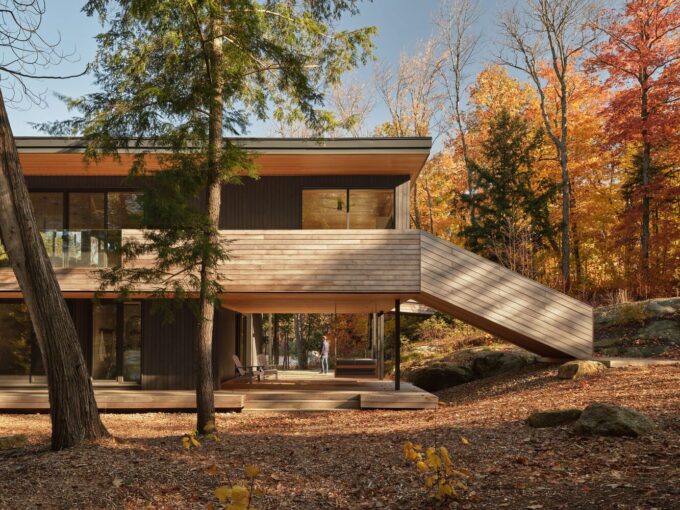
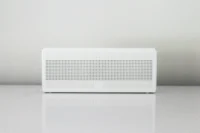


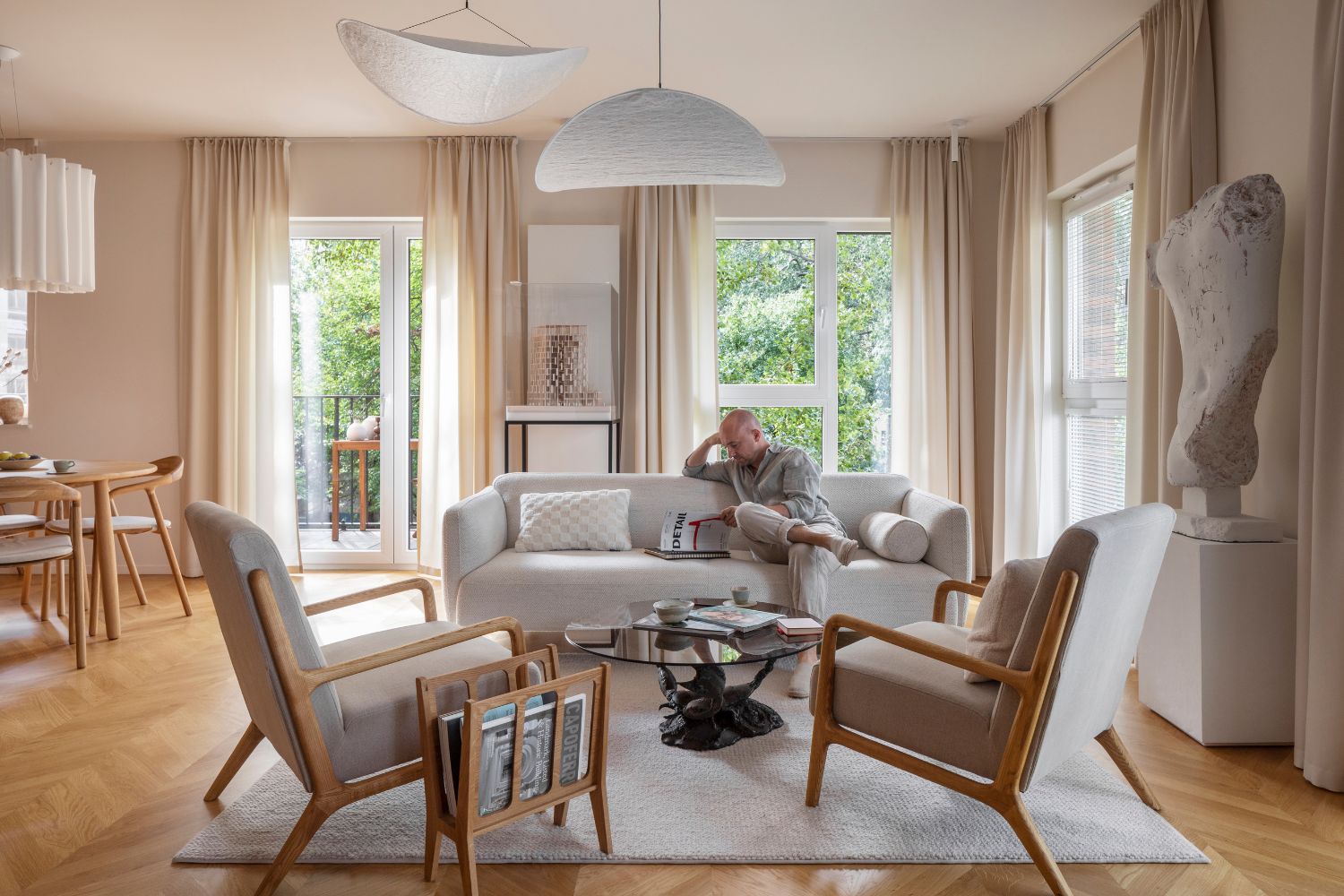
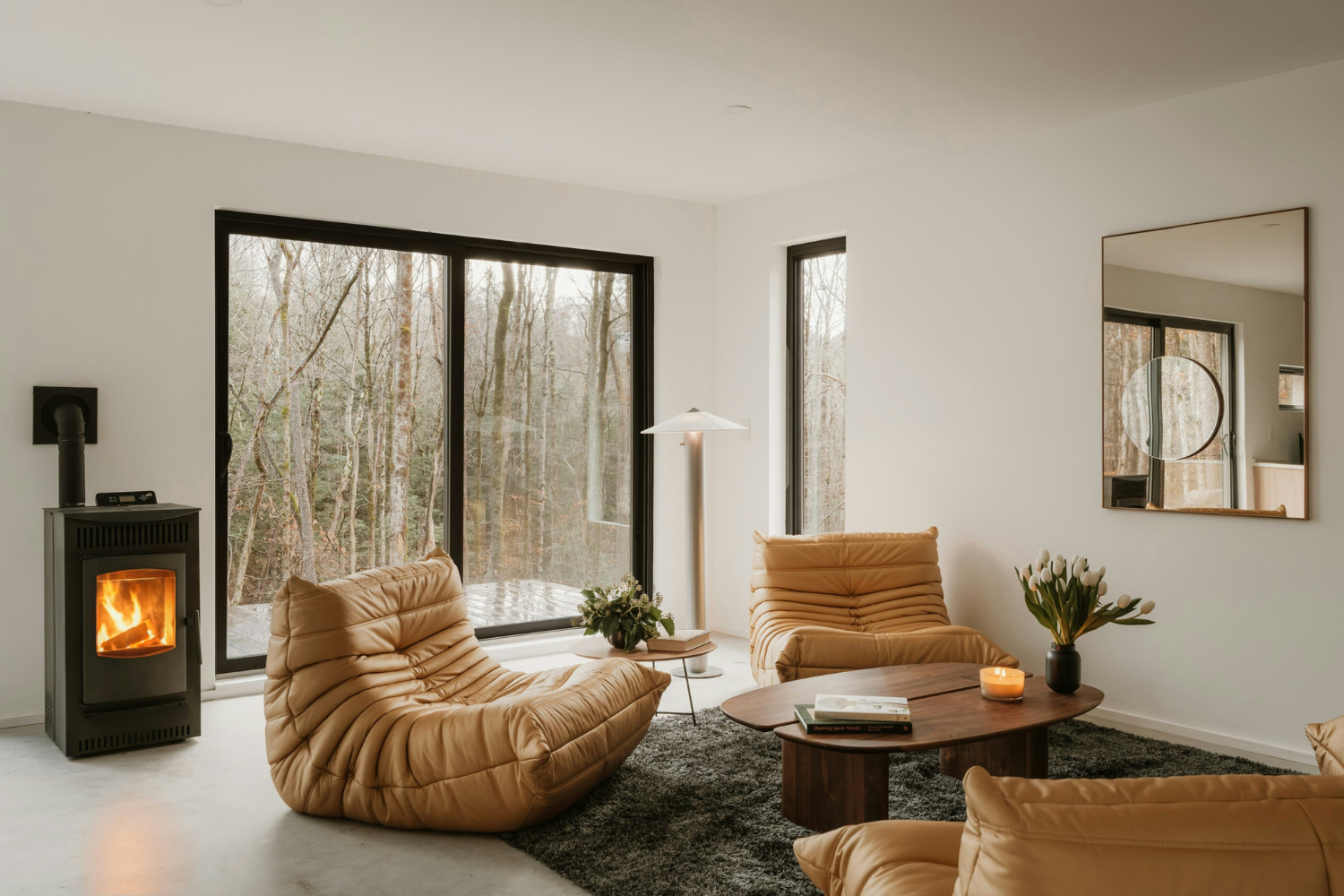
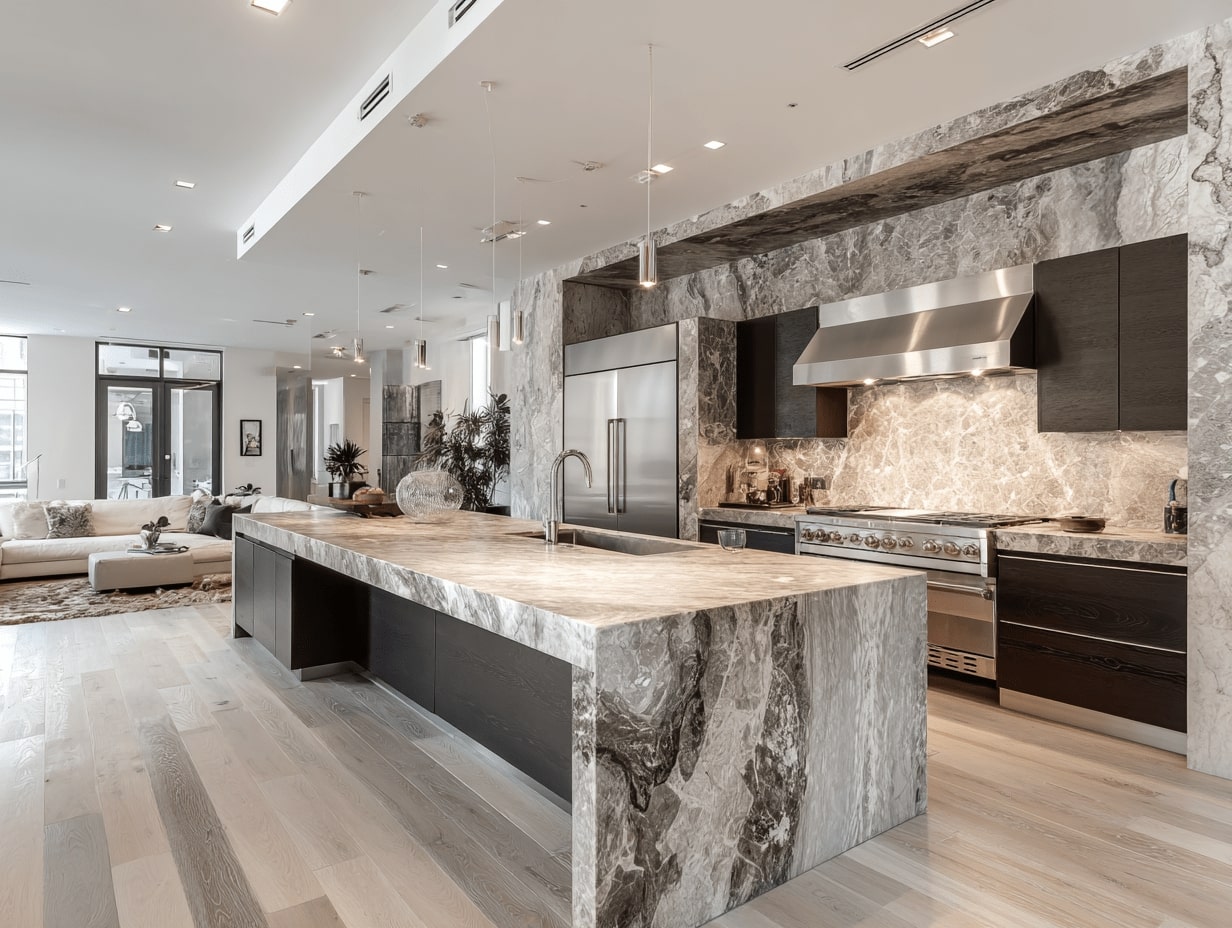
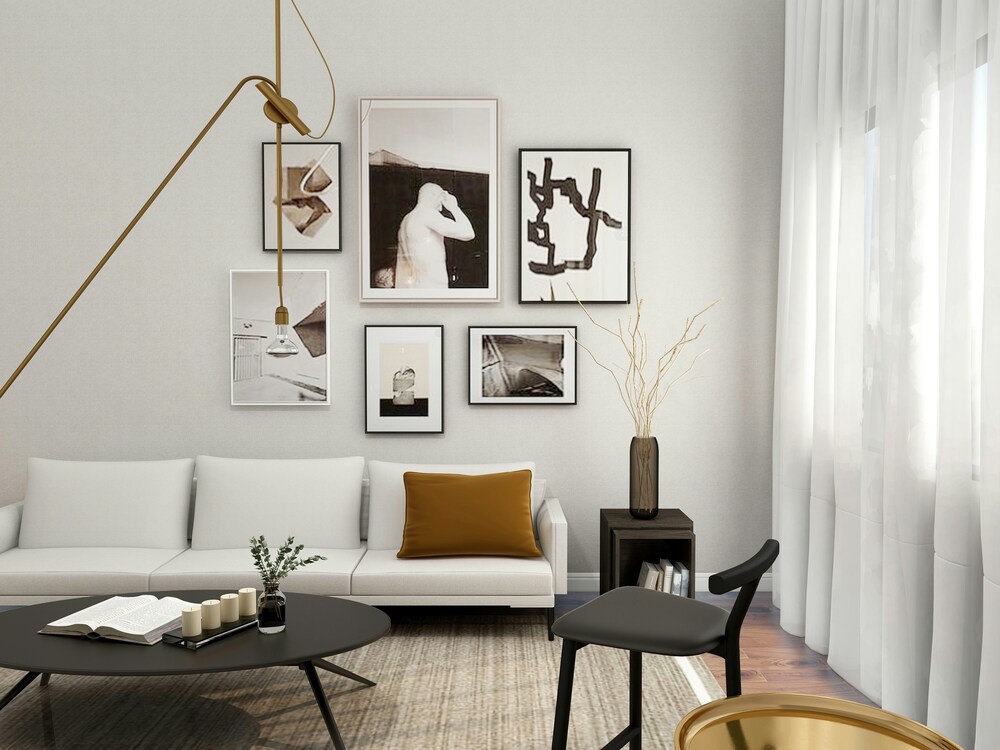
Leave a comment